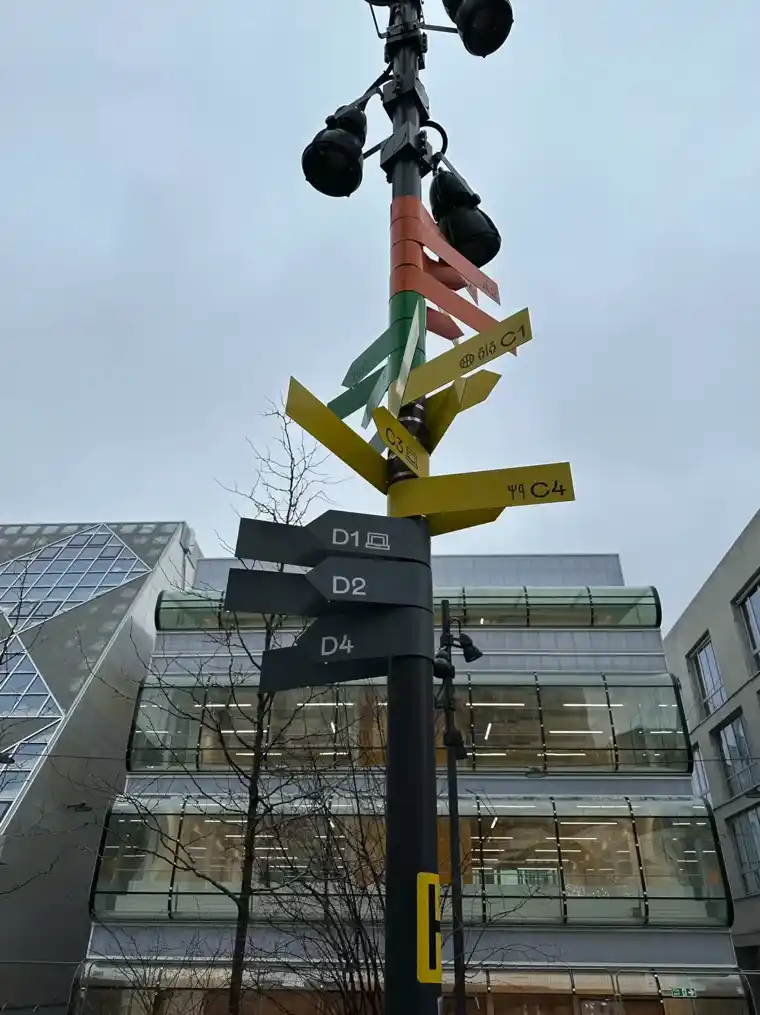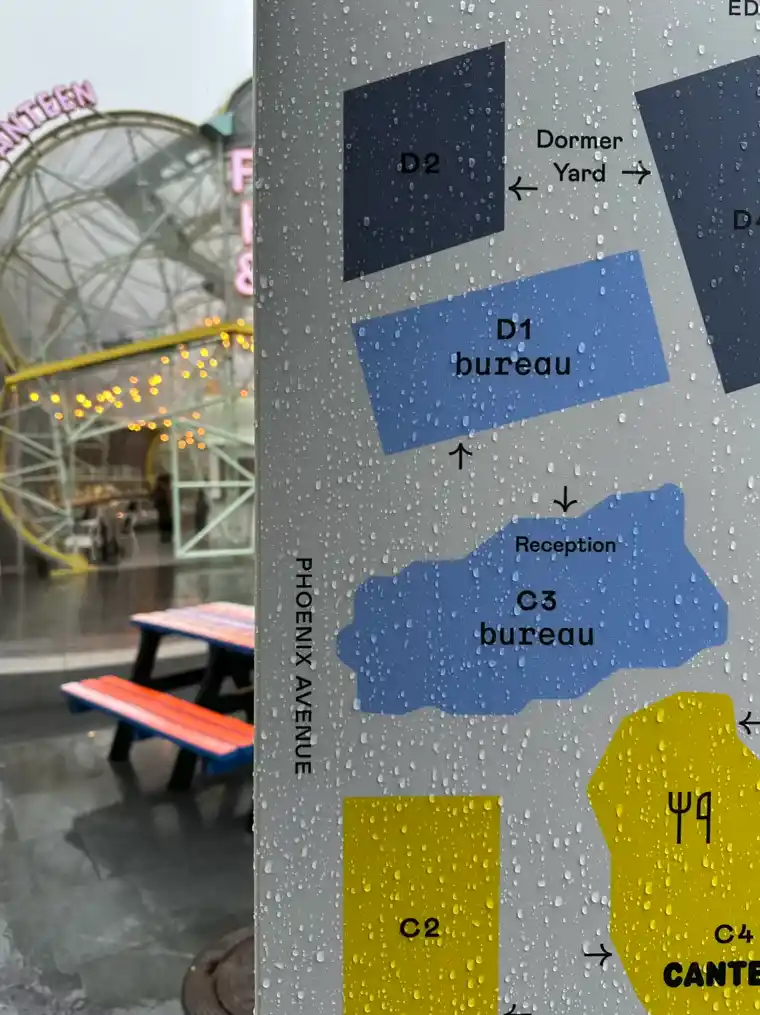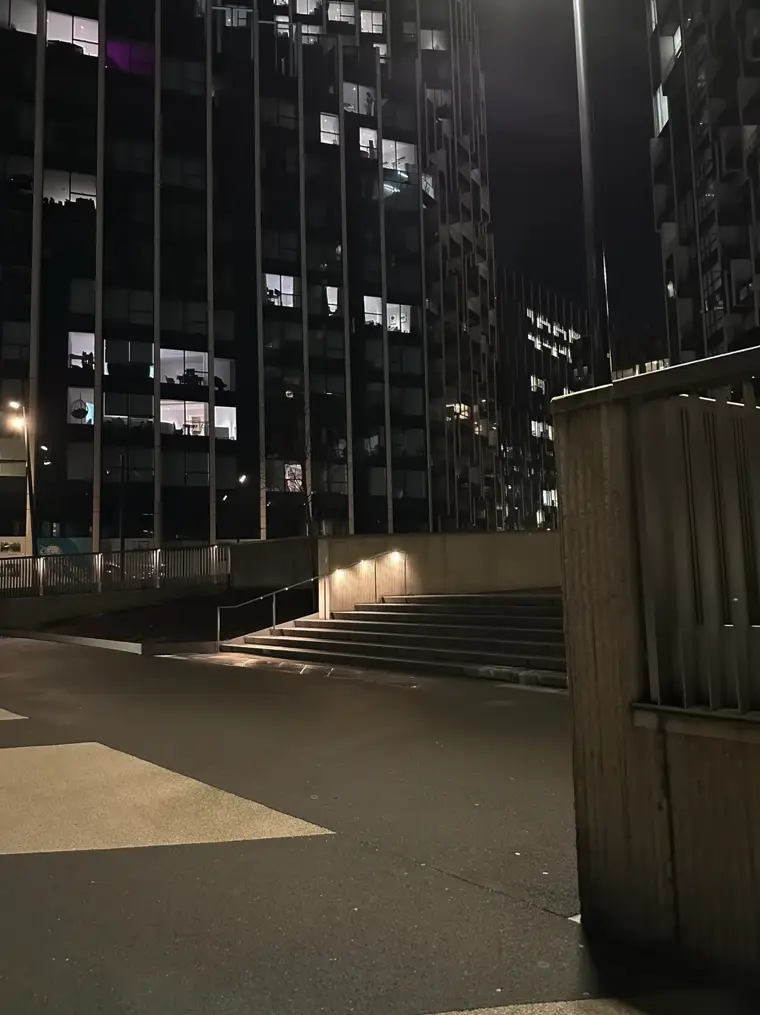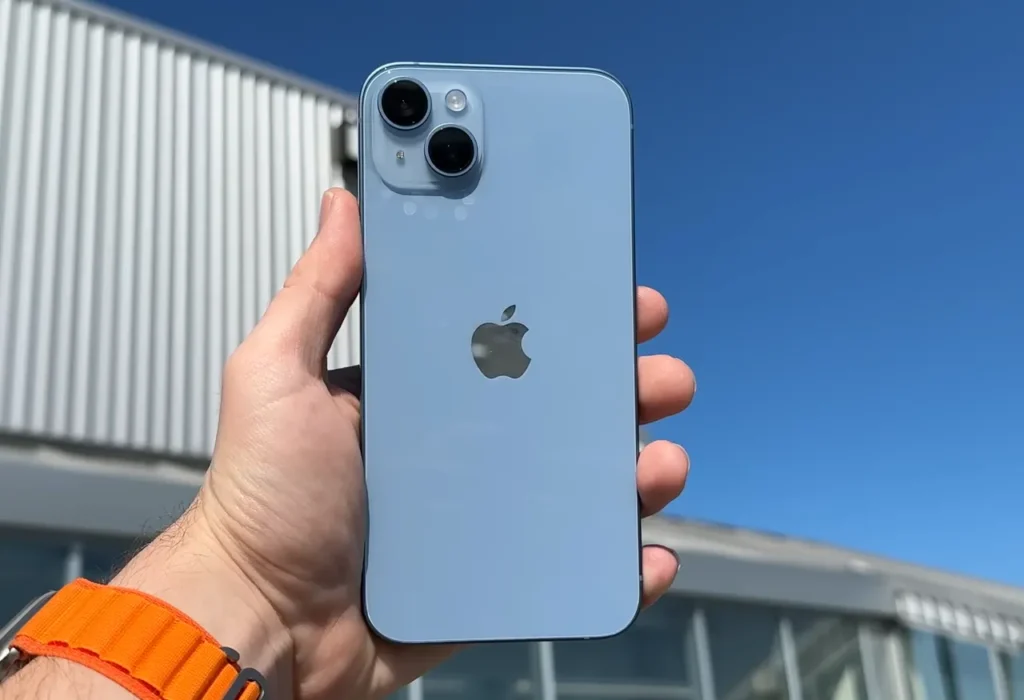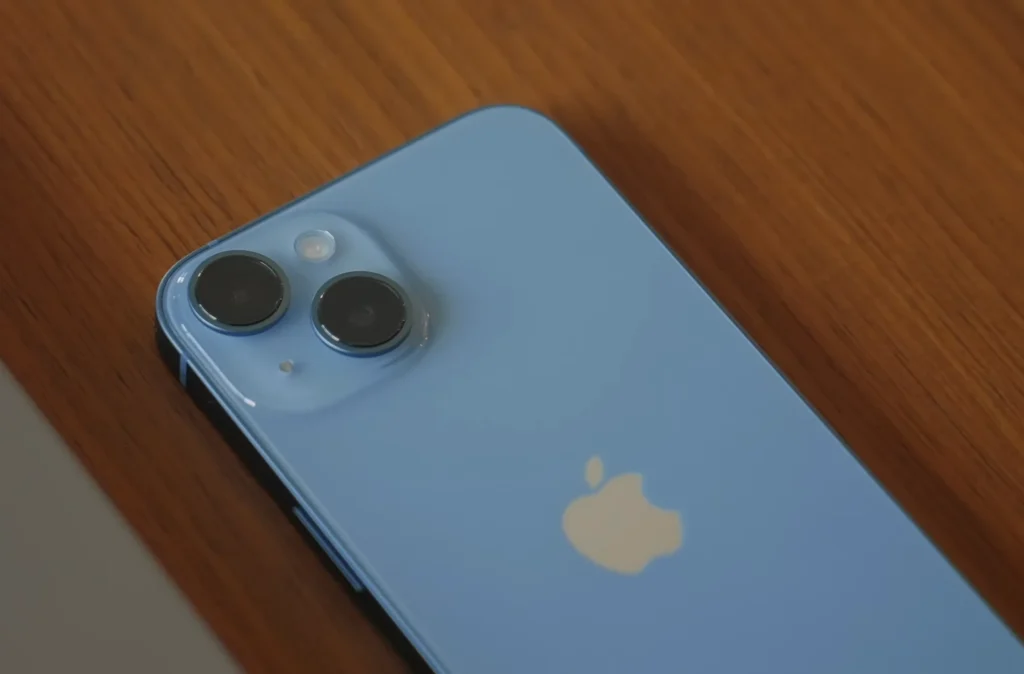iPhone 14 Pro Review: The Perfect Camera Phone
BY TECH ROVER MIND / AUGUST 8, 2024 5:36 AM
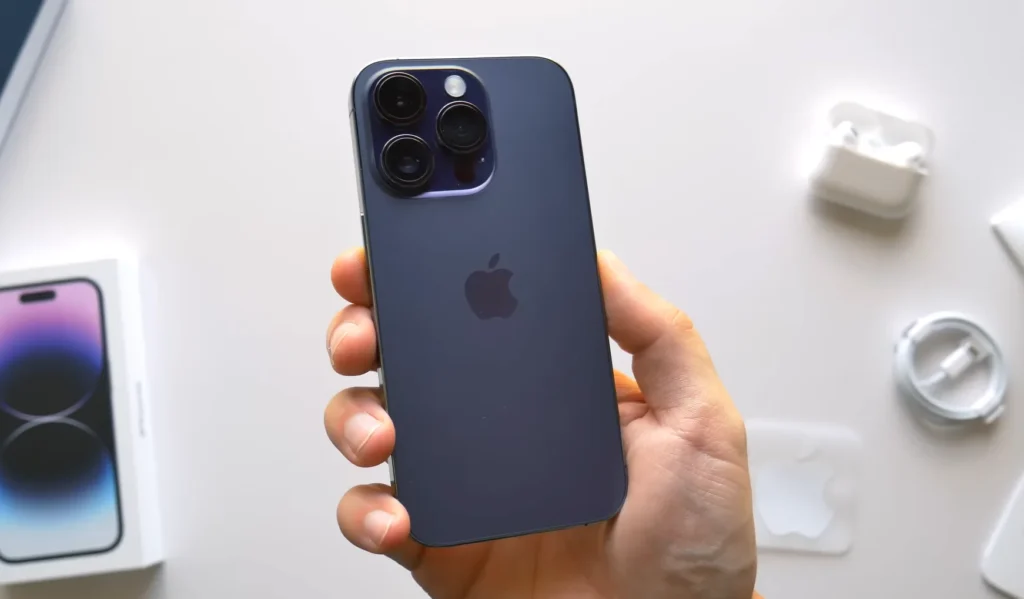
I recently switched to the iPhone 14 Pro from the iPhone 14. Now, the iPhone 14 is a good phone, but the iPhone 14 Pro is even better. I mean, of course, it is. It costs $200 more. But I mean better value.
You see, for the first time, Apple’s Pro model iPhone offers more phones per dollar when compared to the non-Pro model. In this video, I’m going to share with you my experience switching between these two phones and why I ultimately think the iPhone 14 Pro is the better buy when compared to the regular iPhone 14. But first, I am doing a giveaway on this.
So what exactly is the price difference? Well, the 14 Pro comes in at $999 for 128 gigabytes, whereas the regular iPhone 14, also for 128 gigabytes, comes in at $799. Meaning there is a $200 price difference, which is not insignificant. In other words, the 14 Pro has to deliver a lot to make up for this price difference.
iPhone 14 Pro Specifications
- Body: 147.5 x 71.5 x 7.9 mm, 206gm, stainless steel frame, Glass front (Gorilla Glass), glass back (Gorilla Glass), IP68 dust/water resistant (up to 6m for 30 mins)
- Display: 6.1 inches Super Retina XDR OLED, 120Hz, HDR10, Dolby Vision, Ceramic Shield protection
- Brightness: 1000 nits (Typical), 1600 nits (HDR), 2000 nits (Outdoor)
- Other Properties: Always-On Display, Dynamic Island, HDR, True tone, Wide Color (P3)
- Resolution: (2556 x 1179 pixels), 460 PPI pixel density, 19.5: 9 aspect ratio
- Color Options: Space Black, Silver, Gold, Deep Purple
- Rear Camera: Triple (with Adaptive True Tone LED flash);
– 48 MP, f/1.8, 24mm (wide), 1/1.28″, 1.22µm,
– 12 MP, f/2.8, 77mm (telephoto), PDAF, OIS, 3x optical zoom
– 12 MP, f/2.2, 13mm, 120˚ (ultrawide), 1/2.55″, 1.4µm, dual pixel PDAF
– TOF 3D LiDAR scanner (depth) - Front Camera: 12 MP, f/1.9, 23mm (wide), 1/3.6″, PDAF, OIS (unconfirmed)
- CPU: Hexa-core (2×3.46 GHz Avalanche + 4x Blizzard)
- GPU: Apple GPU (5-core graphics)
- Software & UI: iOS 16, upgradable to iOS 17.6.1, planned upgrade to iOS 18
- Chipset: Apple A16 Bionic (4 nm)
- Memory: 128GB 6GB RAM, 256GB 6GB RAM, 512GB 6GB RAM, 1024GB 6GB RAM
- Audio: Built-in stereo speakers, Built-in microphones, No 3.5mm jack
- Security: Face ID, accelerometer, gyro, proximity, compass, barometer
- Connectivity: Dual SIM (Nano + eSIM) or Dual eSIM, GSM / HSDPA / LTE / 5G,
- Battery: Li-Ion 3200 mAh, non-removable (12.38 Wh), Wired, PD2.0, 50% in 30 min (advertised), 15W wireless (MagSafe), 15W wireless (Qi2) – requires iOS 17.2 update
iPhone 14 Pro Design & Colors
The 14 Pro is certainly very well built, just like the 13 Pro, with a stainless steel frame and a matte glass back. The design hasn’t changed much from the last generation. The stainless steel frame is more durable than aluminum, but it also contributes to the phone being quite heavy for its size. Both phones have a 6.1-inch form factor, which I think offers the best of both worlds in terms of portability. This site allows you to use the phone with one hand while still providing a large enough display to enjoy your content.
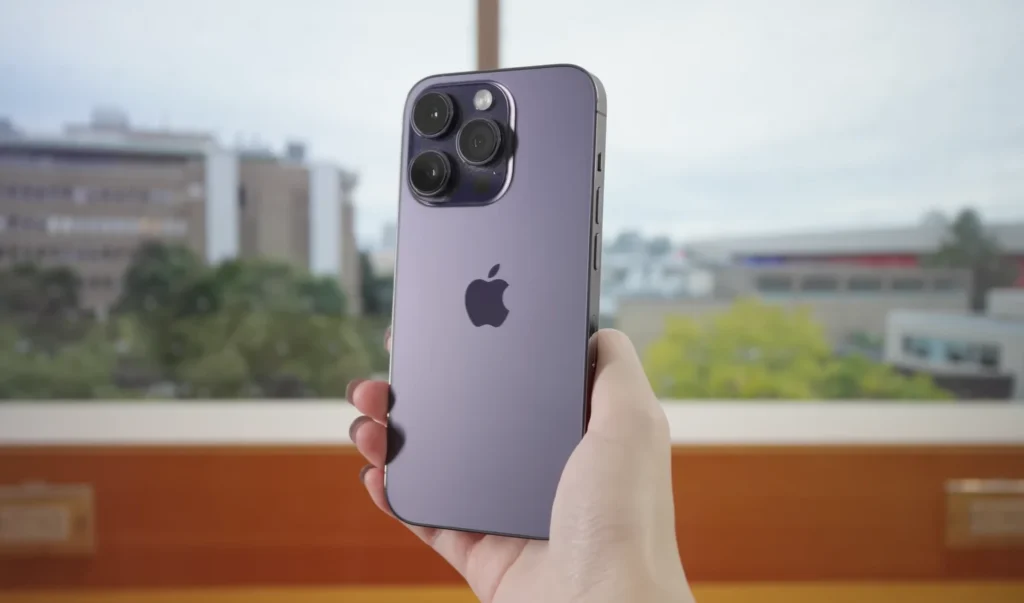
While the sizes may be similar, the design approaches are very different. The iPhone 14 Pro uses a nice matte glass back and a stainless steel frame. What did change this year is the camera bump. It’s not only larger but also thicker. When the 14 Pro is lying on a table, it wobbles quite a bit when you touch the screen, but this is much less annoying with a case on. Overall, I like this design. The back isn’t very prone to fingerprints. I don’t love how heavy it is, but since it’s around the same weight as the 13 Pro, I think most people can get used to it. It also has IP68 water and dust resistance, just like last year. This design is super-premium, not just in appearance but also in the way it feels in the hand.
At the end of the day, these are both well-made phones, but there’s a certain luxurious quality that you only get with the Pro and not with the 14. Also, the Pro is more durable. Both phones have been dropped, unfortunately. On my iPhone 14, I have some paint chips on the aluminum frame, which show as grayer marks, especially on darker colors like the midnight version I have. By comparison, the iPhone 14 Pro, which has also been dropped more than once, shows no signs of damage.
color
The color changes slightly depending on the lighting:
SpaceBlack, Silver, Gold, DeepPurple
iPhone 14 Pro Display
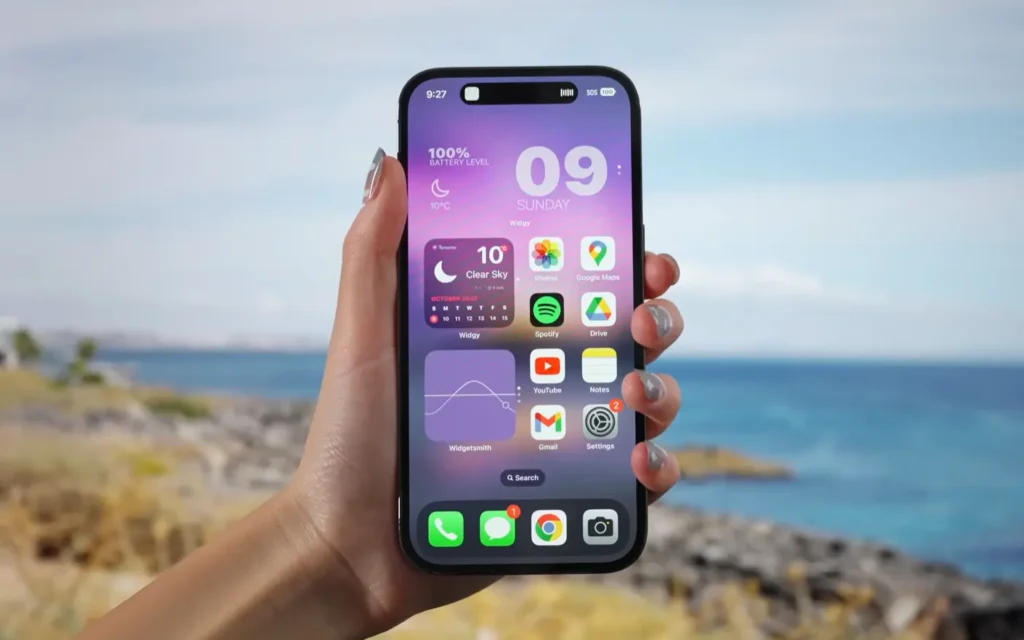
The display on the new iPhone 14 Pro has also been updated. It’s now brighter, particularly outdoors in direct sunlight, where you can expect up to 2000 nits of maximum brightness with the outdoor brightness boost. It’s an LTPO Super Retina XDR OLED panel with a lot of letters there but it’s the bold, colorful, superfluid 120Hz display we had on the 13 Pro, just now quite a bit brighter. This is great because I always found myself struggling to see my iPhone in direct sunlight, especially here in Las Vegas.
While testing the 13 Pro and S20 Ultra on some bright, sunny days, I could barely see the 13 Pro’s 1200-nit screen, but I could still see the S20 Ultra’s 1750-nit screen decently well. The 14 Pro screen can go even brighter than that. So in super bright environments, this increased brightness will come in handy.
iPhone 14 pro Always-on display
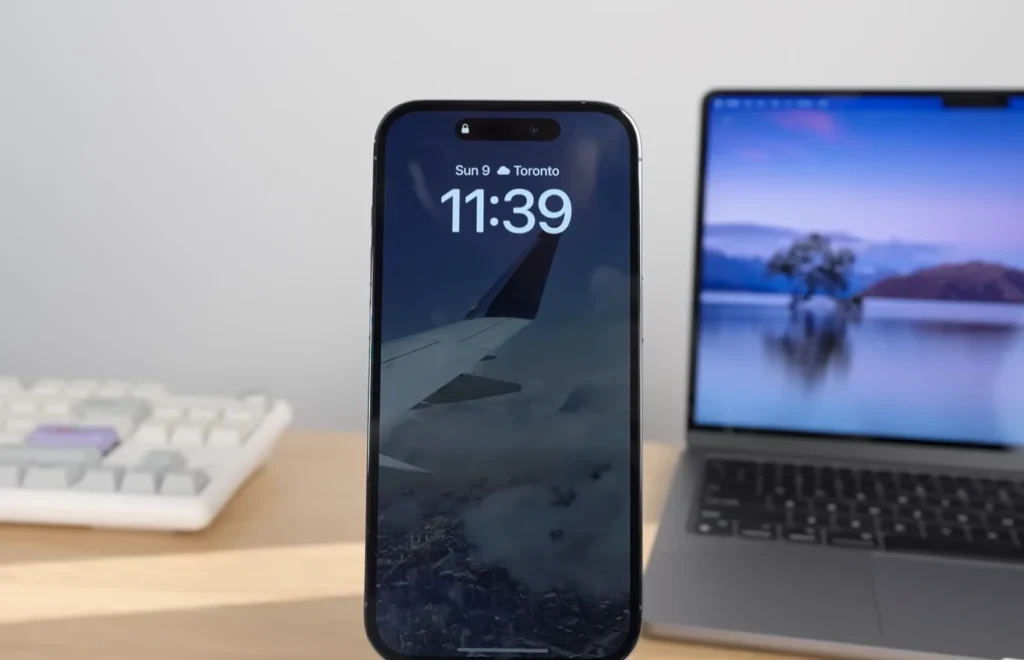
My favorite change this year is the always-on display. This feature has existed on Android phones for a long time, but I think I prefer the iPhone version. On the iPhone, it shows a dim version of the lock screen, the time, and all the lock screen widgets. The widgets are new in iOS 16, and they’re pretty cool. They let me see the weather, the battery of my AirPods, and even my calendar at a glance without having to wake the screen.
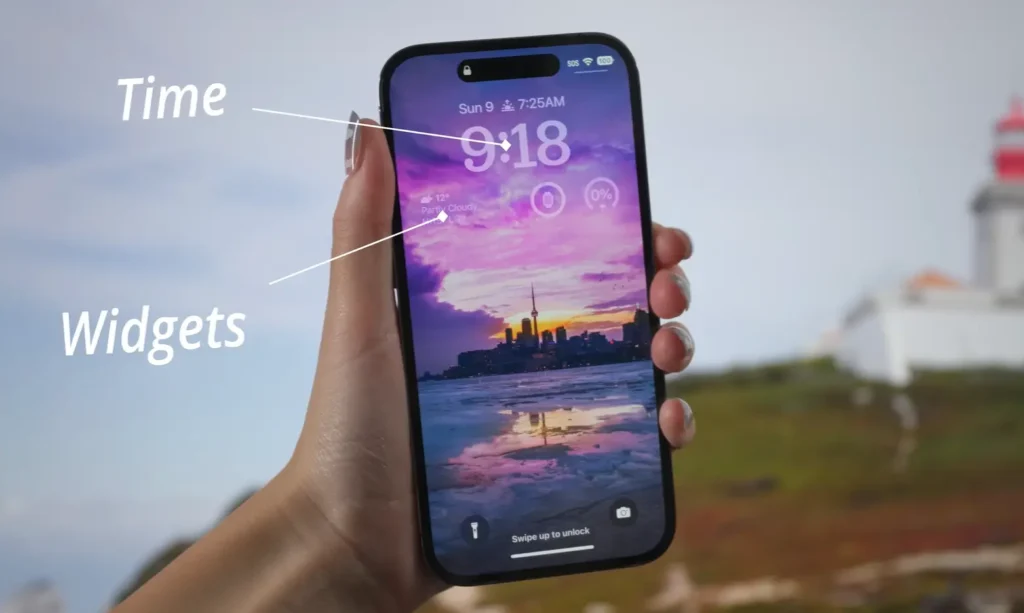
When you receive a notification, it can also show up on the always-on display with all the details. Of course, you can hide the exact details for privacy, but for an app that doesn’t matter, like Uber, I think it’s nice to see the entire message on the always-on display.

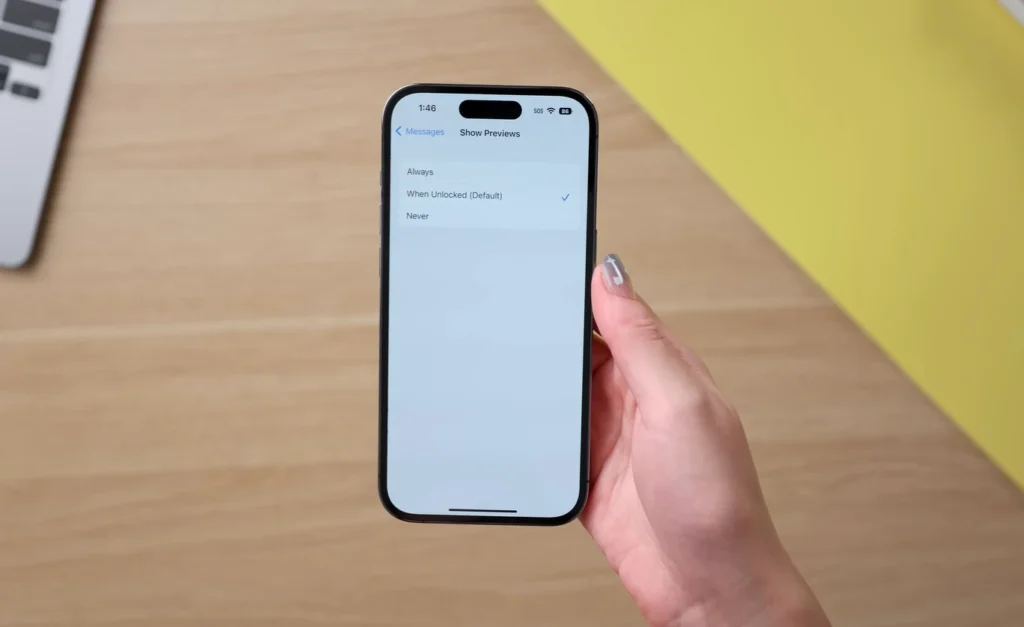
I assumed that having so much going on with the always-on display would drain a lot of battery, so I did multiple 12-hour battery tests to see exactly how much battery it drains. I put all the phones in airplane mode and closed all background apps so that most of the battery drain would be from the always-on display.
The always-on display on the iPhone pretty much doesn’t use any battery. It drained zero percent in 12 hours. With its always-on display, which has a colorful wallpaper and a large time font, the iPhone drained nine percent over 12 hours. Interestingly, the Galaxy S22 Ultra, with a much simpler always-on display (just a clock on a black background), drained more at 13 percent. The Z Flip 4 and Pixel 6 Pro drained 14 and 10 percent, respectively. The only Android phone I’ve found lower is the Realme GT at seven percent.
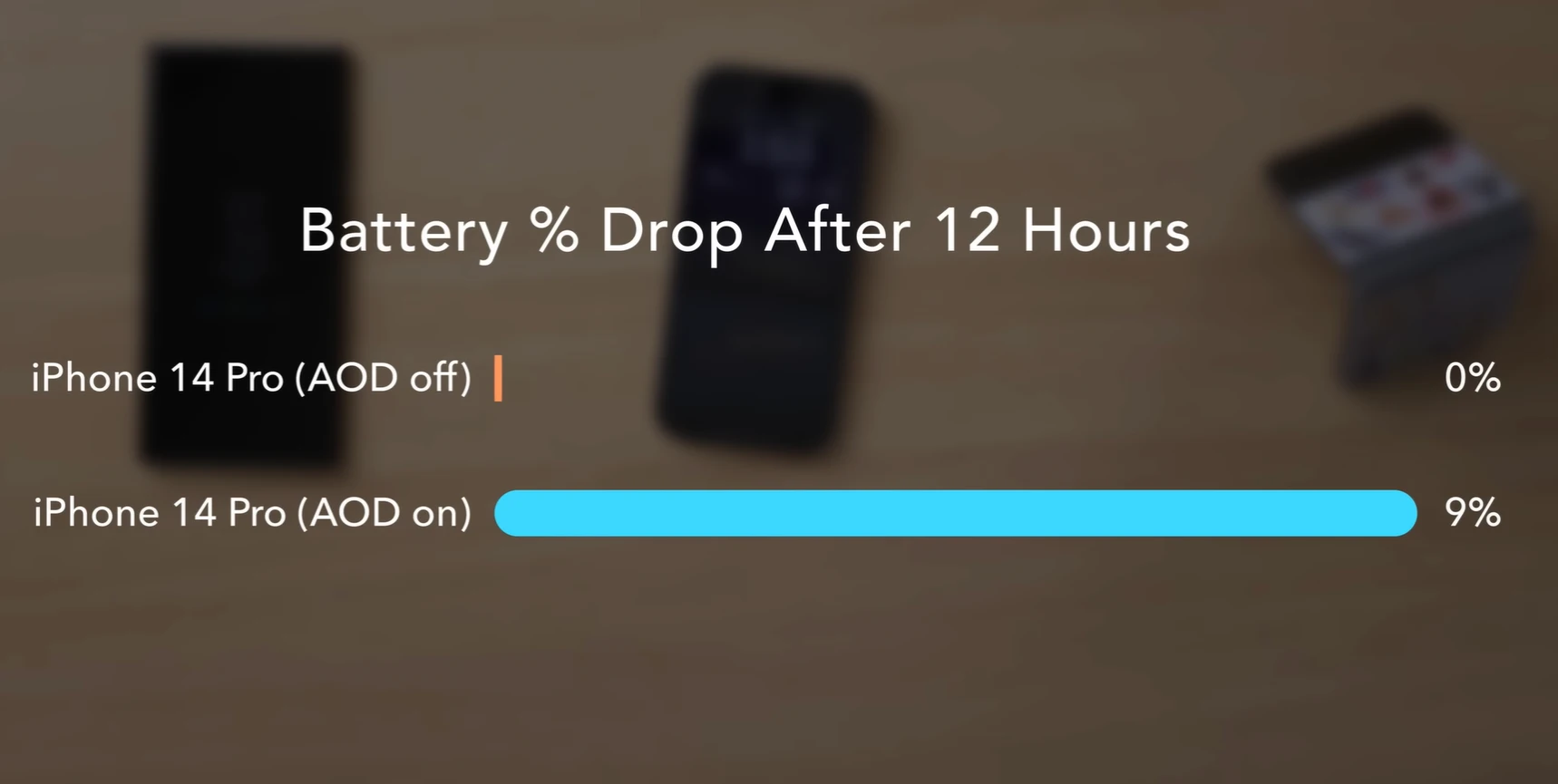
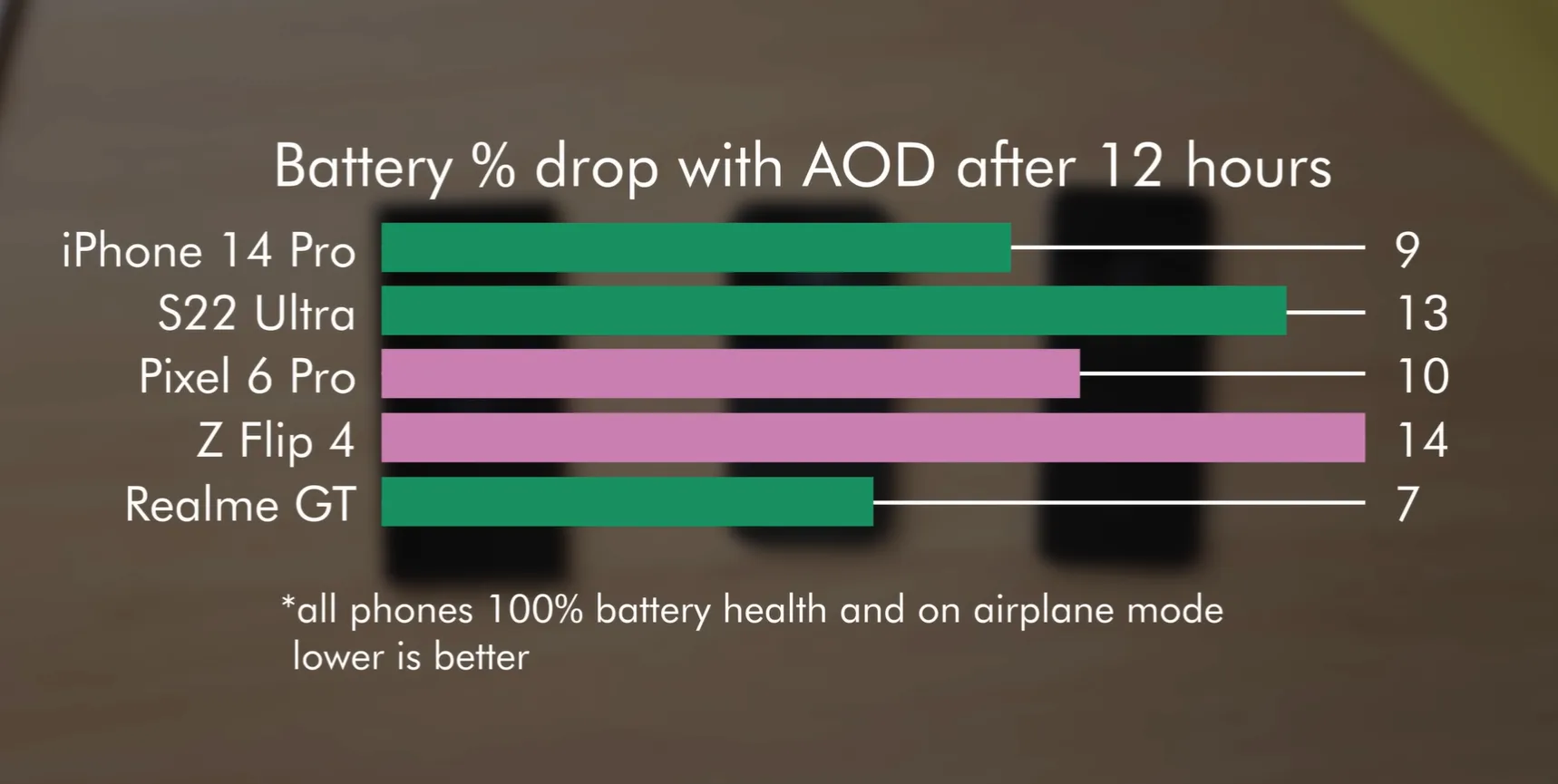
This result was pretty shocking. I had never really thought about how much battery Android always-on displays drained since very few pixels are lit up on them. The battery consumption of the iPhone AOD is pretty impressive. I guess Apple’s system and chip optimization for AOD made a big difference, and of course, dropping the refresh rate to one hertz probably helps a lot too.
For the always-on display in iOS 16, you can set your wallpapers to change on tap, allowing you to quickly switch between a black and a regular colorful wallpaper. Of course, you can also toggle off the iPhone’s always-on display, but for me, I will be keeping it on.
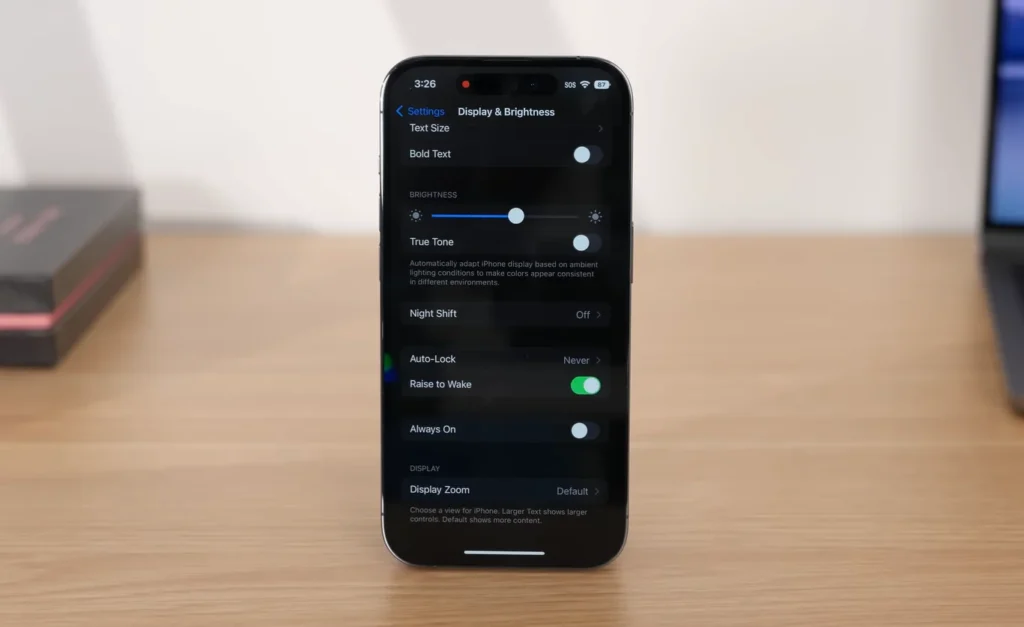
The always-on display will turn off automatically when low power mode is on or when the iPhone senses that you’re not looking at the screen, like when the phone is lying face down or in your pocket. Realistically, the always-on display isn’t going to be on for that long in a day.
iPhone 14 Pro Dynamic island
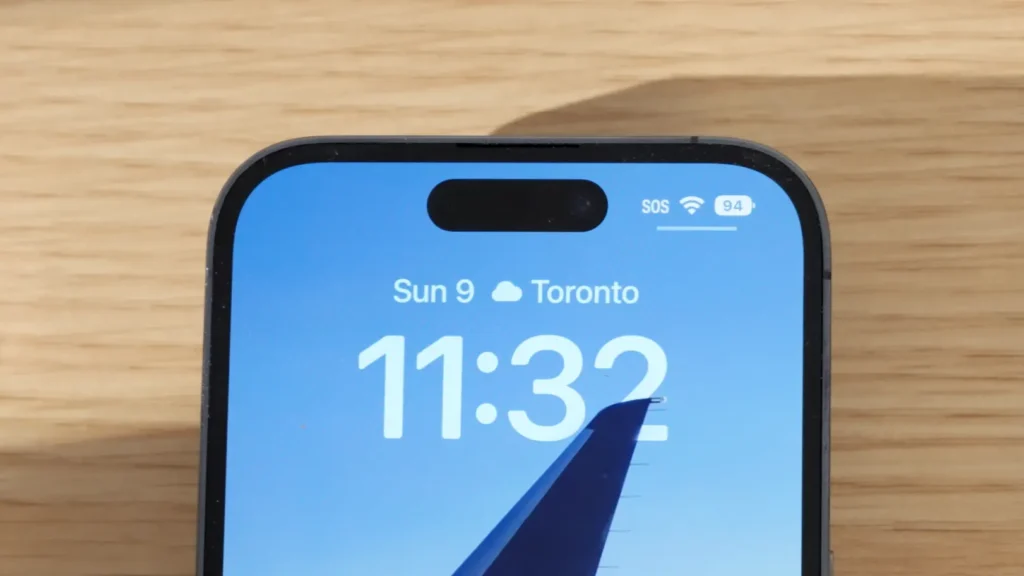
The notch is now gone and replaced by this pill-shaped cutout called Dynamic Island. This is where the Face ID sensors and front camera are, but this year they integrated some software around this shape, and now you can interact with it. Because of its location, you’ll be smudging up the selfie camera, but at least the Face ID sensors don’t seem to care that much. The Island can do things such as show camera and microphone indicators when an app is using them, and also system alerts and notifications. For example, an incoming AirDrop will animate in and out of the Island. The animations look nice and enhance the user experience, but ultimately I don’t think their showing on the Island is too different from just normal notifications and alerts.
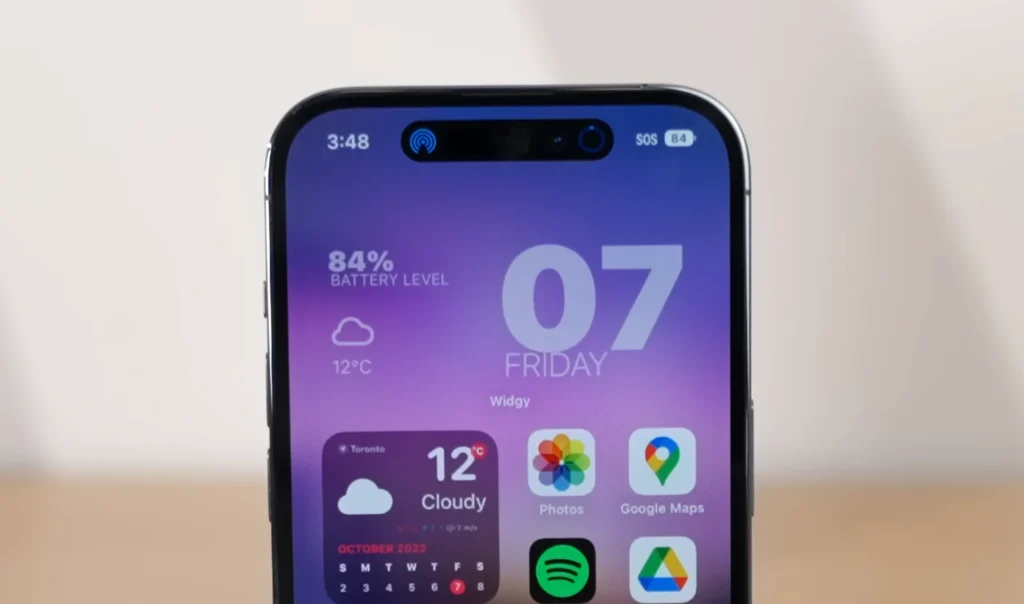
The Island also works with now-playing apps like Spotify, but honestly, this isn’t anything new either. To change songs, it went from one swipe down from the Control Center to pressing and holding the Island. What I think is the real purpose of the Island is the ability to continuously monitor another app. For example, the timer in the Clock app: I can see it counting down in the Island while using another app, and when I press and hold on it, I can also pause or stop the timer. I feel like this is the real potential of the Island. Imagine being able to see a countdown on when your Uber driver will arrive while doing something else or keeping track of scores in a sports event. But none of those things are here right now, and in general, currently, there are very few apps that have a use for the Island, so it hasn’t been that functional for me.
There are also a few downsides to this new design. Even though it is 30% smaller than the notch, it sometimes obstructs the on-screen content more because it sits lower on the screen than the notch. For example, for wider 2:1 videos, you can see the Island cuts in way more than the notch.
iPhone 14 Pro Camera
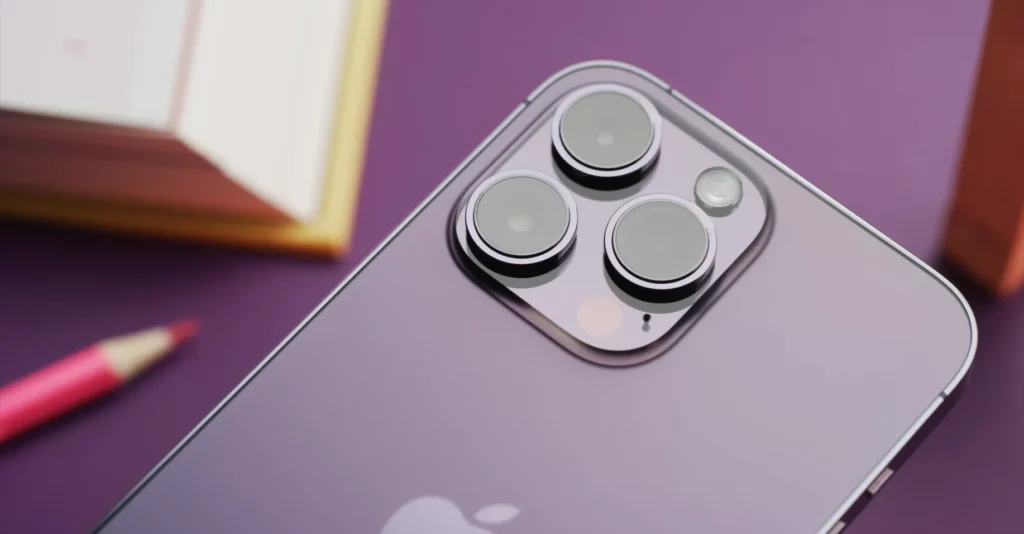
If you’re like me and take a lot of photos and videos on your phone, the 14 Pro’s camera system offers some significant advantages. The all-new hardware includes several new capabilities, such as a 48-megapixel main lens, a 12-megapixel telephoto lens, and a 12-megapixel ultra-wide lens. The selfie camera has been upgraded to a 12-megapixel shooter with a better f/1.9 aperture. Inside the Camera app, you’ll now find additional presets for ultrawide, 2X, and 3X zoom, as well as 2X and 3X zoom portraits, which take advantage of the new camera hardware in various ways.
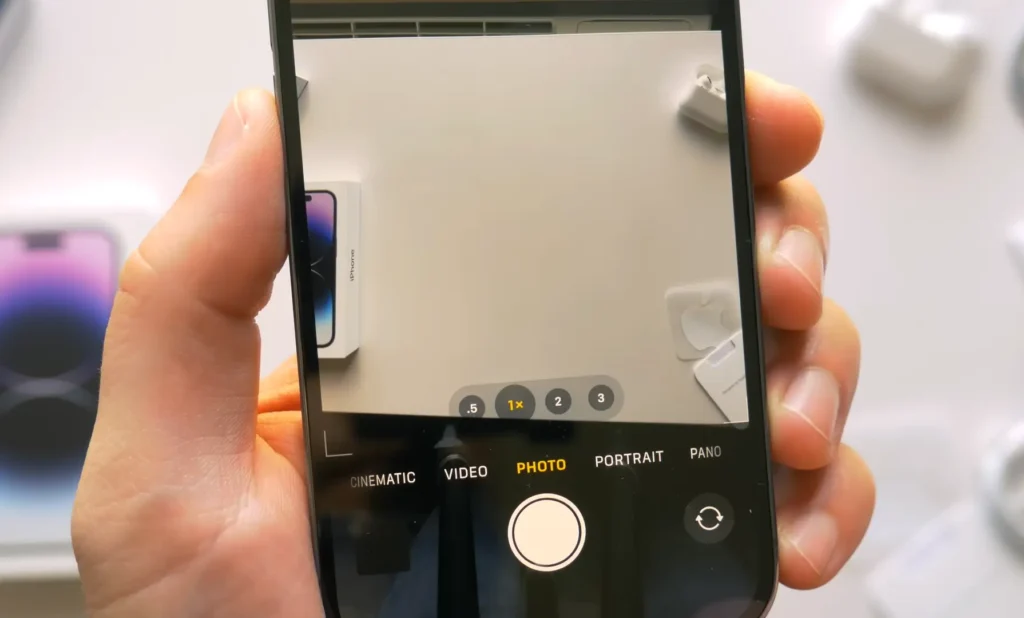
In general, I found the 14 Pro to deliver more accurate and true-to-life colors. When comparing color samples, the 14 Pro sets a better white balance. Thanks to its larger sensor, the 14 Pro is sharper, allowing it to capture more detail. The faster aperture also provides a more shallow depth of field, which I’m quite proud of.
When it comes to the front camera, both phones produce good selfies, but skin tones are more lifelike on the 14 Pro. On the 14, there’s a noticeable green tinge.
The icing on the cake is that the 14 Pro can capture RAW photos and ProRes video. These formats capture more data, allowing for greater flexibility when editing your content to make it look even better. This is especially important if you use your phone camera professionally. I regularly use 4K 60fps footage shot on my iPhone 14 Pro in my YouTube videos. For me, longevity is really important.
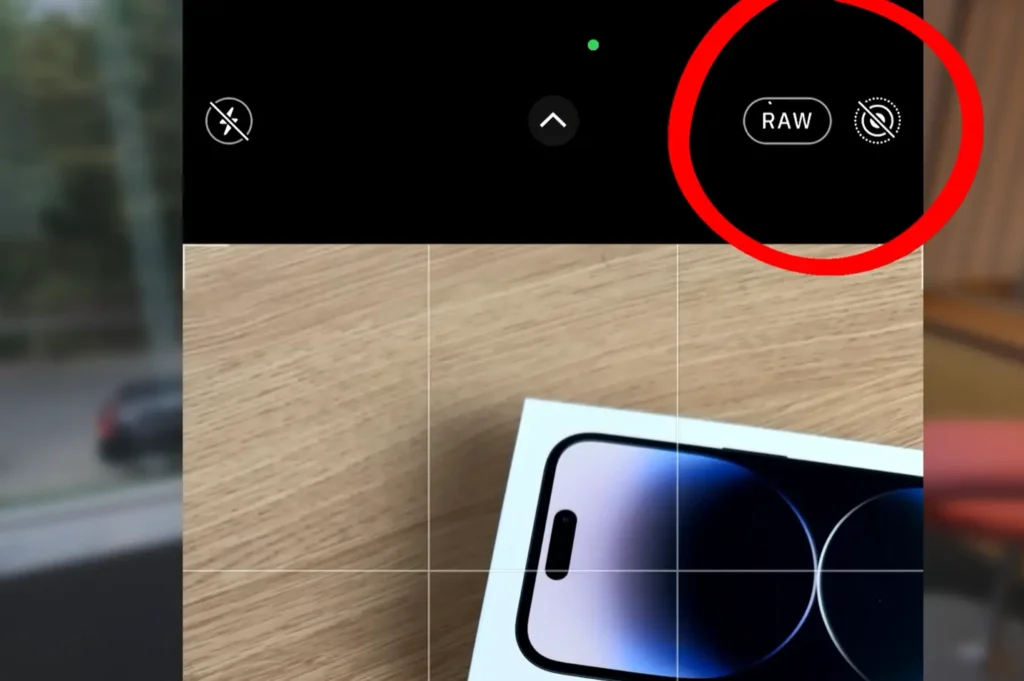
I don’t think it’s possible to read the full 48 megapixels in the sensor 30 times a second, which means no live photo. I believe this is the reason why there isn’t just a normal 48-megapixel photo mode. This is also likely why we don’t have 8K video recording in video modes. The sensor is read out in the 12-megapixel mode, and I feel like, in most cases, it looks pretty similar to the 13 Pro in terms of resolution and dynamic range. When compared to the S2 Ultra, I think Samsung must have changed the processing because it looked sharp in the past, but now it looks much more natural.
4K on the ultra-wide this year is a bit better with a larger sensor but a slower lens. The quality did get better overall; the new ultra-wide captures more light. I think it looks just a little better in most cases this year. There’s also a new selfie camera with autofocus, but it still has a pretty.
iPhone 14 Pro Performance and ios
These phones are expensive, and they have to last. But here too, these two are not the same. So this year, for the first time, Apple reserved its new A16 Bionic chip only for the iPhone 14 Pro and 14 Pro Max, while the regular iPhone 14 and 14 Plus get last year’s A15 Bionic chip.
Today, both the 14 Pro and the 14 run well and keep up, though I have found that bigger apps such as video and photo editing apps and even some games load faster on the 14 Pro. Now, where the difference between the A16 Bionic chip and the A15 Bionic chip is going to show is in the years to come. I expect the newer and more powerful A16 Bionic chip to get anywhere from one to two more years of software support, updates, and new features. Apple is known for providing a lot of software support and longevity to their devices, but the iPhone 14, since it does have that older processor, has a disadvantage.
I would expect it to last anywhere from 4 to 5 years compared to the 5 to 7 years you’re likely to get on the 14 Pro. This makes the 14 Pro a better long-term investment and more affordable if you divide the cost over the number of years that the phone can last. Just something to consider.
iPhone 14 Pro Battery Charging Speeds
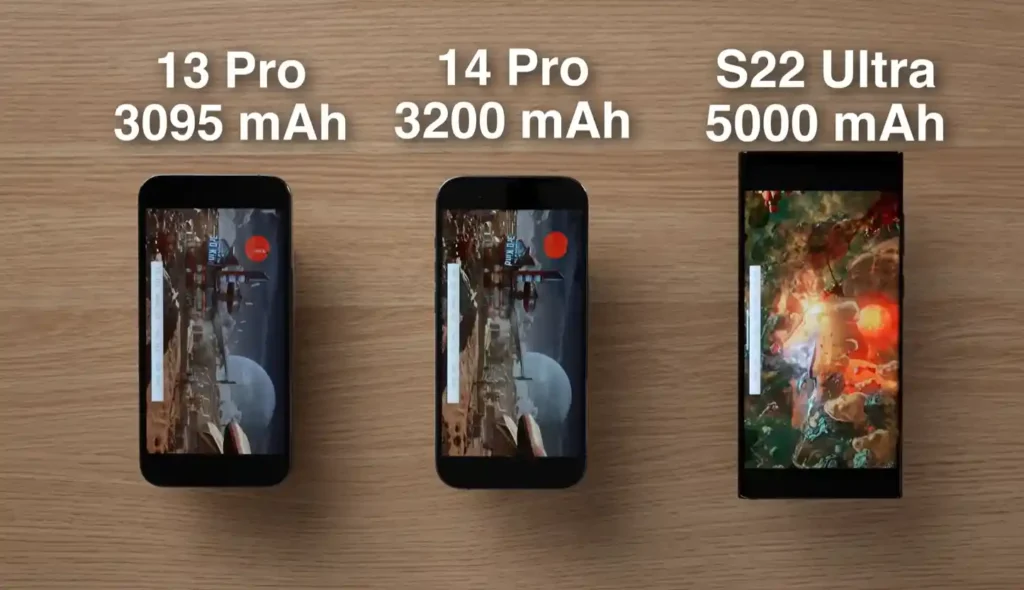
When it comes to battery life, I was expecting some improvements this year. The battery is five percent larger, and the chip is made with a more efficient process, so it has every reason to last a bit longer. But for whatever reason, that’s just not the case. After three hours of social media, which included looping a video and scrolling through Instagram and TikTok, the 14 Pro only dropped one percent less than the 13 Pro, so there’s barely any difference here. For heavier workloads such as gaming, the iPhone 14 Pro will die faster, dropping three percent more than the 13 Pro over one hour running the same benchmark loop.
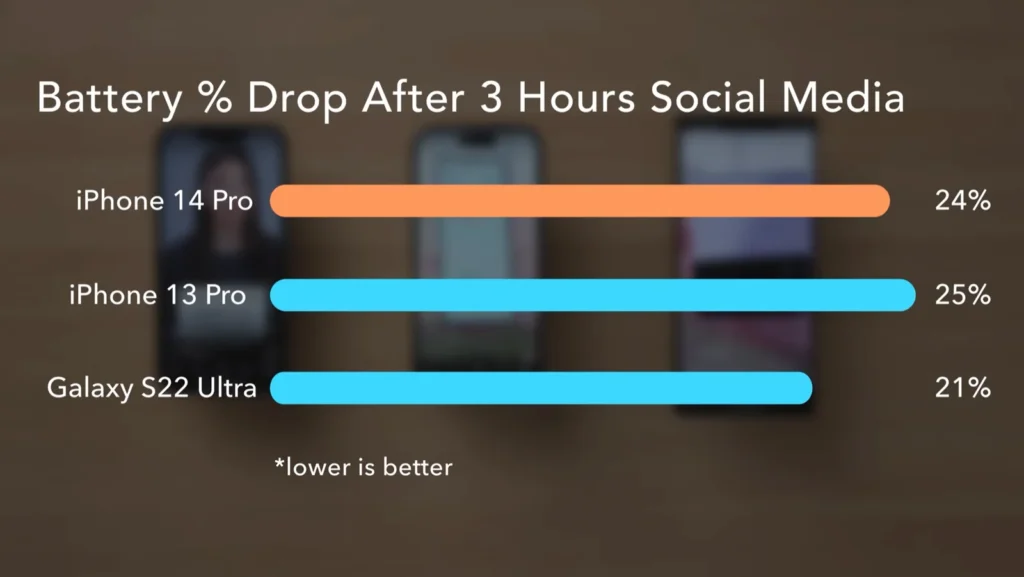
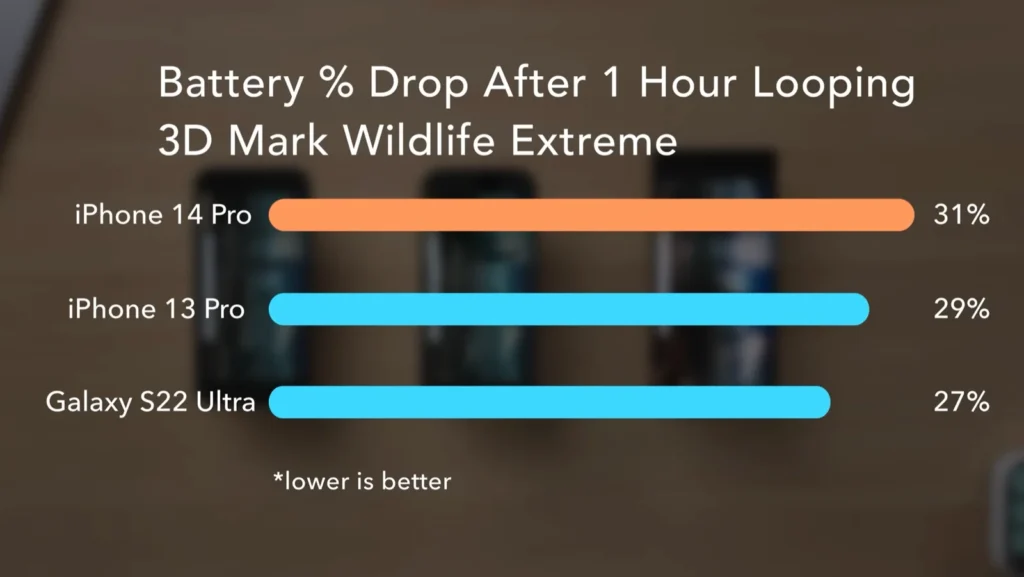
Having zero observable improvements in battery life this generation is a bit tragic, but honestly, this is still one of the most efficient phones that I’ve tested and one of the longest-lasting phones of this size, even outlasting the S22 Ultra with a much larger battery for casual tasks. For my regular use, it lasts all day pretty confidently, but so did the 13 Pro. I was just hoping for slightly longer battery life for those days when I’m traveling, using cellular all day, and also using lots of GPS and taking lots of photos.
The new SoC in this thing is also barely any faster. In Geekbench, it’s only about three percent faster and six percent faster in Wildlife Extreme. The only notable thing is that it doesn’t seem to slow down as quickly or as much after 10 minutes of continuous load. The front and the back also recorded around 2 degrees Celsius lower peak temperature than the 13 Pro.
Final Thoughts
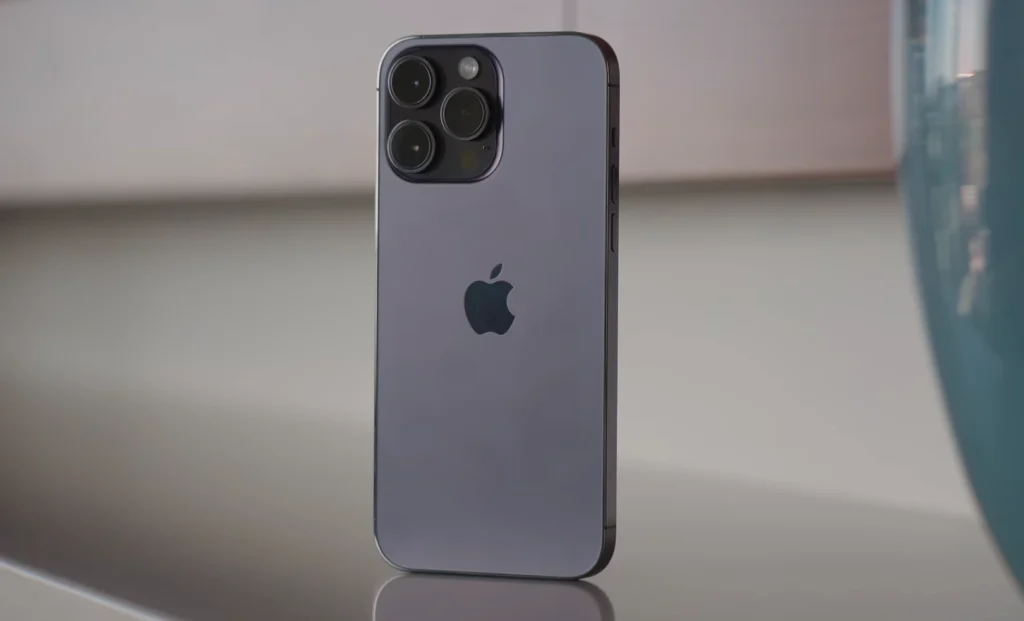
So what are my final thoughts after switching from the regular iPhone 14 to the 14 Pro? Well, last year, I called the regular iPhone 13 the best value iPhone out at the time, as the relatively small difference in features between the 13 and the 13 Pro didn’t warrant the price increase. But this year, things are different. This year, for just $200 more, the 14 Pro adds a lot, including a more premium and durable design, as well as the Dynamic Island, which allows for some pretty neat interactive features.
But more importantly, there is that super smooth 120Hz refresh display, which, believe me, makes a difference in everything you do. Not to mention, the display is also brighter. You also get the newer A16 Bionic chip, which will get more years of software support and ultimately contribute to making the phone last longer.
And finally, you get some pretty big camera upgrades, performing better in all scenarios and offering more lenses, creating more shooting possibilities. It is a perfect example of how a lot of small upgrades, all together, can create a big difference. This is why,, after extensively using both phones, I can say that the 14 Pro, for the first time, actually offers better value compared to the regular iPhone 14.
More expensive, yes, but you just get more phones for your money, thus providing better value.


